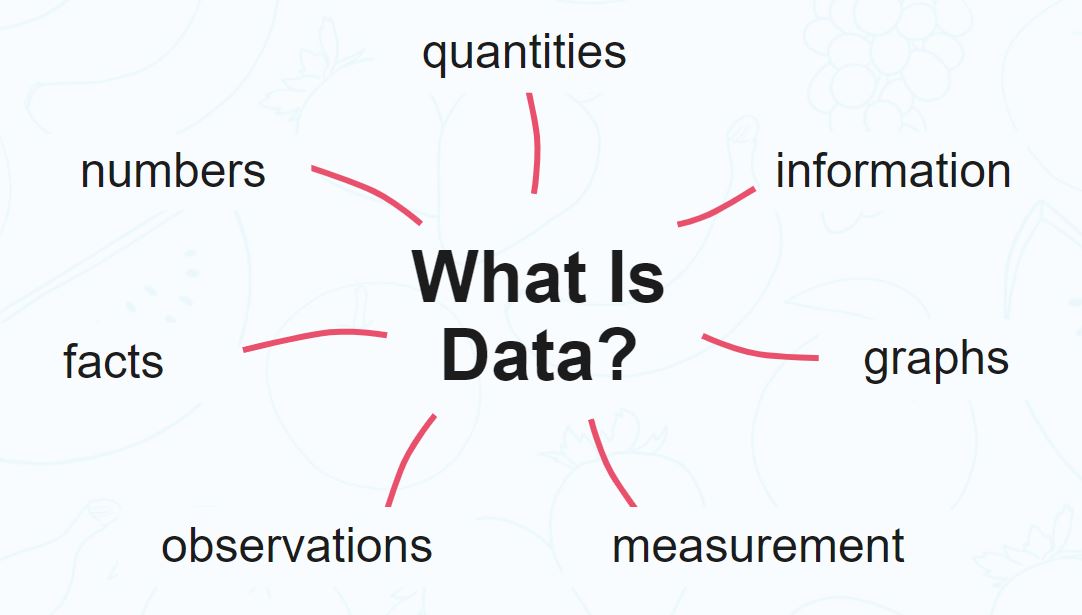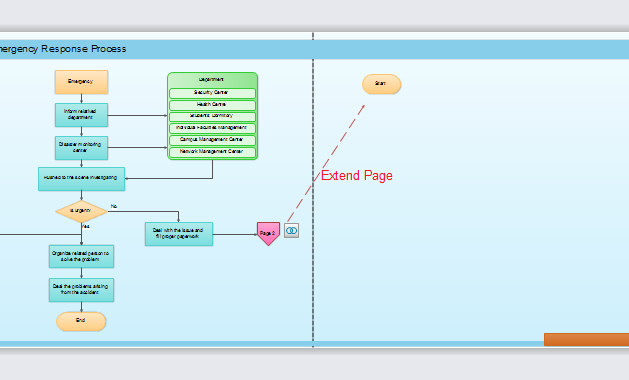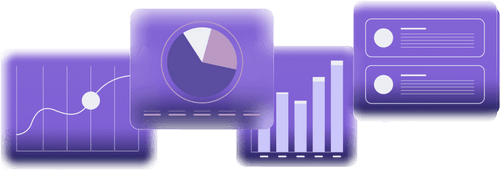
In an era where artificial intelligence (AI) is reshaping industries from healthcare to finance, the integrity of the data used to train these systems has become a critical concern. As AI models grow more sophisticated, so too does the need for transparency and accountability in their development. This is where data provenance tagging comes into play—a foundational practice that ensures the authenticity, traceability, and reliability of the data underpinning AI systems.
Data provenance tagging involves marking or embedding metadata with data points to create a transparent, unbroken chain of custody. This process records the origin of data, how it was transformed, who accessed it, and its journey through various systems. For organizations leveraging AI, this isn’t just a technical necessity—it’s a strategic imperative. In this article, we’ll explore what data provenance tagging is, why it matters, and how it can be implemented effectively to ensure AI training safety.
What Is Data Provenance Tagging and Why It Matters
At its core, data provenance tagging is the practice of documenting and tracking the history of data throughout its lifecycle. This includes:
- Origin: Where the data came from (e.g., user input, sensor data, third-party sources).
- Transformations: How the data was processed, filtered, or modified.
- Access and Usage: Who interacted with the data and for what purpose.
- Dependencies: How the data connects to other datasets or systems.
For AI training, this is especially important because the quality and integrity of the model depend on the data it learns from. If the data is compromised, biased, or mislabeled, the AI system can produce unreliable or even harmful outcomes.
Consider a scenario where an AI model used in healthcare is trained on patient data that was improperly sourced or altered. Without proper provenance tagging, it becomes impossible to verify whether the data was used ethically or if it could lead to biased diagnoses. This not only risks the accuracy of the AI but also raises serious ethical and legal concerns.
According to a 2023 Deloitte report, 63% of financial services companies struggle to track how customer data is used across AI initiatives. This lack of visibility underscores the growing importance of data provenance tagging as a safeguard against misuse and non-compliance.
How Data Provenance Tagging Impacts AI Training Safety
The integration of data provenance tagging into AI workflows has far-reaching implications for training safety. Here are several key ways it affects AI development:
1. Enhanced Transparency
Provenance tagging allows developers and auditors to trace the origins of every dataset used in training. This level of transparency is essential for identifying potential biases, errors, or unauthorized access.
2. Improved Compliance
With regulations like GDPR and CCPA placing strict requirements on data usage, provenance tagging helps organizations demonstrate compliance. It enables them to show that data was handled responsibly and that AI models were trained on verified, lawful sources.
3. Risk Mitigation
By maintaining a clear record of data transformations and access, provenance tagging reduces the risk of data tampering or misuse. This is particularly vital in sectors like healthcare, where patient data must remain secure and unaltered.
4. Better Model Accountability
When AI models are trained on well-documented data, it becomes easier to hold developers and organizations accountable for their outputs. This is crucial for building trust with users and regulators alike.
5. Support for Debugging and Reproducibility
In complex AI pipelines, provenance tagging aids in debugging by allowing engineers to trace the root cause of issues. It also supports reproducibility, ensuring that models can be retrained or validated using the same data sources.
Step-by-Step Implementation Framework for Data Provenance Tagging
Implementing data provenance tagging requires a structured approach. Here’s a practical framework to get started:
1. Define or Audit the Current Situation
Begin by mapping out your data flows. Identify all data sources, transformation processes, and storage locations. Use tools like data lineage diagrams to visualize how data moves through your systems.
2. Apply Tools, Methods, or Tactics
Choose the right tools for capturing and managing provenance information. Options include:
– Data cataloging tools (e.g., Collibra, Informatica) for managing metadata.
– Blockchain-based solutions for immutable audit trails.
– Automated logging systems that capture metadata at each transformation point.
Additionally, consider integrating Field Programmable Gate Arrays (FPGAs) for real-time security operations and cryptographic binding of metadata.
3. Measure, Analyze, and Optimize
Once provenance tagging is in place, monitor its effectiveness. Track metrics such as:
– Data integrity rates: How often data remains unchanged and uncorrupted.
– Compliance adherence: Whether data usage aligns with contractual and regulatory requirements.
– Model performance: How well AI models perform when trained on provenance-tagged data.
Use this feedback to refine your processes and improve the accuracy and reliability of your data tracking.
Real-World Case Study: Securing AI in Healthcare
A major healthcare provider recently faced challenges in ensuring the integrity of patient data used for AI-driven diagnostics. Their AI models were trained on data from multiple sources, including electronic health records and wearable devices. However, without a robust provenance tagging system, they couldn’t verify whether the data had been altered or misused.
To address this, the organization implemented a blockchain-based provenance tracking solution. Every piece of data was tagged with metadata detailing its origin, transformations, and access history. This allowed them to maintain an immutable record of the data’s journey, ensuring that any changes or breaches could be quickly identified and addressed.
The results were significant: the organization reduced data-related disputes by 40%, improved model accuracy by 25%, and gained greater confidence in the reliability of their AI systems.
Tools and Techniques for Data Provenance Tagging
Several modern tools and techniques can help organizations implement effective data provenance tagging:
- Collibra – A comprehensive data governance platform that supports metadata management and lineage tracking.
- Informatica – Offers data lineage capabilities specifically tailored for AI and machine learning workflows.
- Hyperledger Fabric – A blockchain framework that provides tamper-proof audit trails for data provenance.
- Lattice FPGA Solutions – Enable secure, real-time data processing and cryptographic binding of metadata.
- OpenChain – A framework for open-source software supply chain integrity, which can be adapted for data provenance.
- Apache Atlas – An open-source metadata management and data governance tool that supports lineage tracking.
These tools not only simplify the implementation of data provenance tagging but also enhance the security and reliability of AI training processes.
Future Trends and AI Implications
As AI continues to evolve, the role of data provenance tagging will only become more critical. Emerging trends such as post-quantum cryptography (PQC) and immutable data architectures will further strengthen the need for robust provenance systems.
Organizations must also prepare for the rise of AI-generated content, where provenance tagging will be essential to distinguish between human-created and AI-generated data. This is particularly important in fields like journalism, where the authenticity of information is paramount.
Moreover, as generative AI models become more prevalent, the ability to trace the source of training data will be key to addressing issues like data poisoning and model bias. Provenance tagging will serve as a first line of defense against these threats.
Key Takeaways
- Data provenance tagging is essential for ensuring the authenticity and reliability of AI training data.
- It enhances transparency, improves compliance, and mitigates risks associated with data misuse.
- Implementing a structured framework—starting with auditing, then applying the right tools, and continuously optimizing—can significantly improve data integrity.
- Real-world examples, such as in healthcare, demonstrate the tangible benefits of provenance tagging.
- The future of AI will rely heavily on provenance systems, especially with the rise of quantum computing and AI-generated content.
Meta Title: Understanding Data Provenance Tagging: Ensuring Source Authenticity for AI Training Safety
Meta Description: Learn how data provenance tagging ensures the authenticity and reliability of AI training data, enhancing transparency, compliance, and safety.
SEO Tags (5): Data Provenance Tagging, AI Training Safety, Data Integrity, AI Ethics, Data Governance
Internal Link Suggestions: [Parameter #1: Search Intent Alignment], [Parameter #2: Topical Depth & Relevance], [Parameter #8: Content Gap Filling]
External Source Suggestions: Deloitte Report on AI Data Usage, Harvard Business Review on AI Risk Management, Lattice Blog on Cybersecurity and AI









